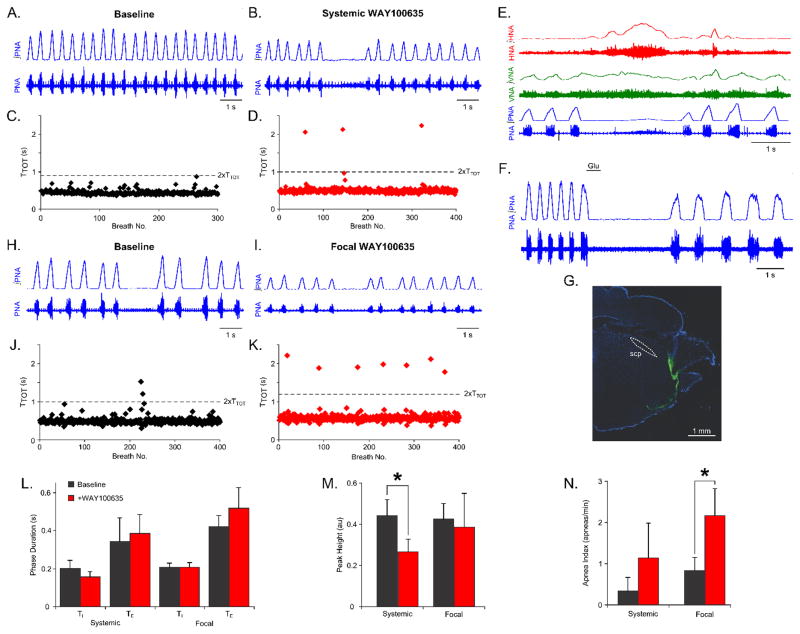Figure 1. Blockade of 5HT1aRs increases the frequency of spontaneous apneas.
(A,B) Representative traces of phrenic nerve activity (PNA) are shown during a baseline epoch (A) and an epoch after systemic administration of the 5HT1aR antagonist WAY100635 (B). (C,D) Plots of the instantaneous respiratory period (TTOT) are shown during a baseline epoch (C), and an epoch after systemic administration of WAY100635 (D). (E) Representative recordings of phrenic (PNA), vagal (VNA), and hypoglossal (HNA) nerve activity are shown during spontaneous apnea. (F,G) The dorsolateral (dl) pons was identified by mapping focal responses to glutamate microinjection (50 nL, 10mM). WAY100635 was microinjected at sites where glutamate evoked a prolongation of expiratory duration. Fluorescent beads were microinjected for post-hoc histochemical characterization of the injection sites. A representative injection site is shown in (G). (H,I) Representative traces of PNA are shown during a baseline epoch (H), and an epoch after focal administration of WAY100635 in the dl pons (I). (J,K) Plots of the instantaneous respiratory period (TTOT) are shown during a baseline epoch (J), and an epoch after focal administration of WAY100635 in the dl pons (K). (L) Neither systemic nor focal administration of WAY100635 in the dl pons evoked any significant change in respiratory phase durations. (M) Systemic, but not focal administration of WAY100635 evoked a significant reduction in the amplitude of phrenic nerve activity (p<0.05). (N) Focal administration of WAY100635 evoked a significant increase in the frequency of spontaneous apneas (p<0.05).

